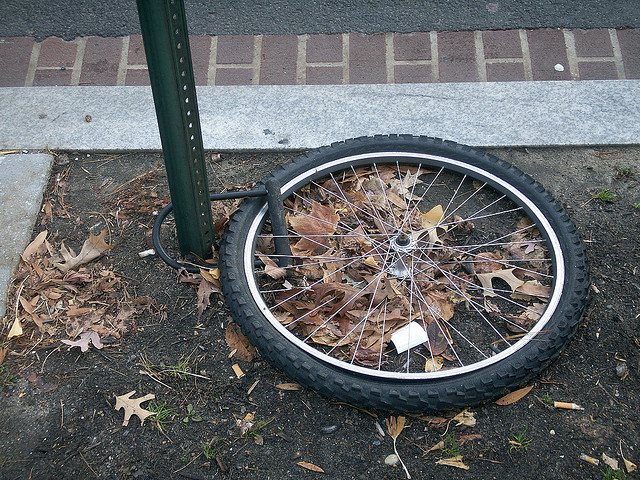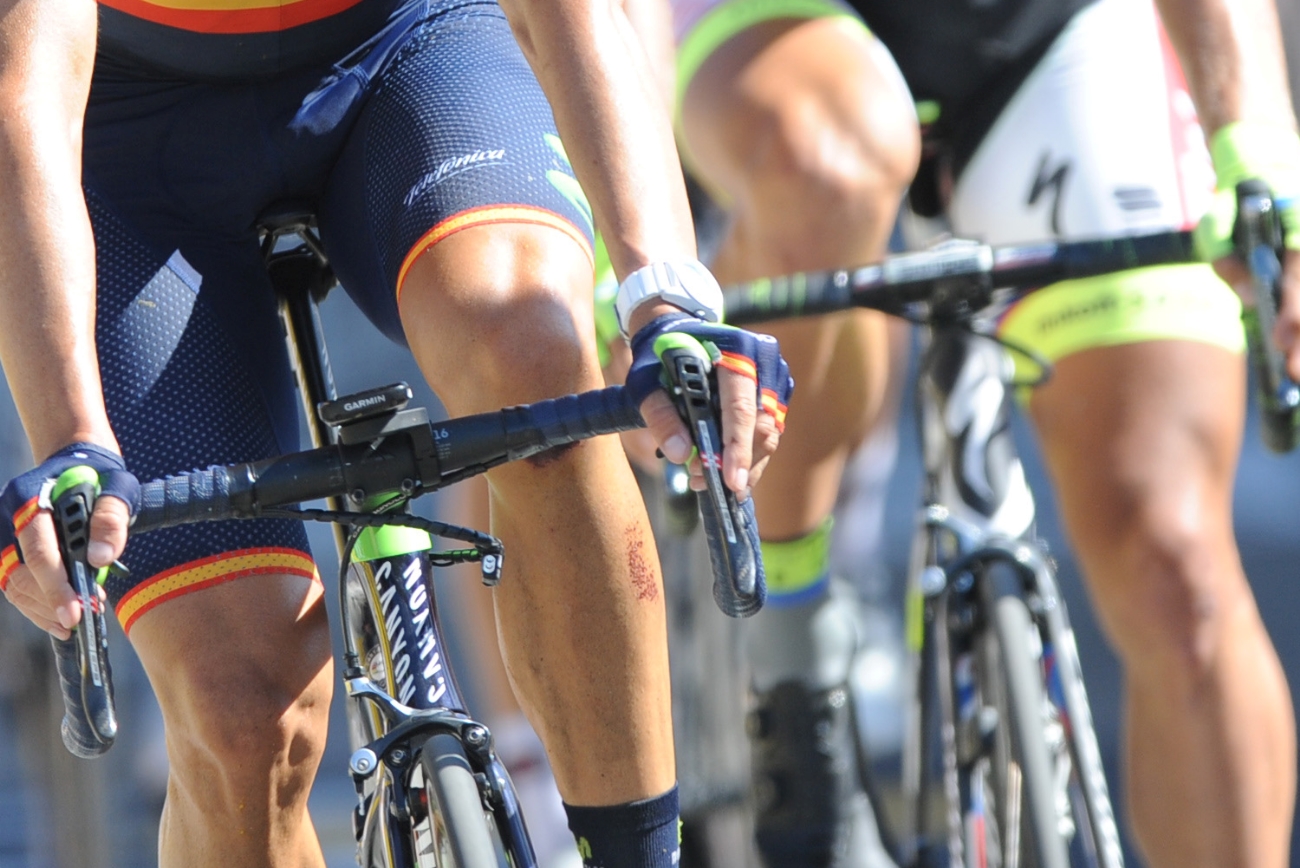On average, more than 1,000 bikes are stolen in London alone every month – a figure that can triple in some months.
Needless to say, the best way to prevent your bike being stolen is to never leave it out of your sight, but that’s not always possible.
However, whether you’re a casual commuter or seasoned roadie, there are a number of steps you can take to protect your bike from opportunist thieves.

It’s also worth pointing out that sometimes your insurance won’t cover you against opportunist thieves, so our first step is to check with your provider (if, of course, you have taken out a policy to protect your bike).
No bike is ‘unstealable’ but this guide should at least give you a better chance. With that in mind, here are four tips to help you beat the bike thieves.
Lock it up
Now, this one may seem obvious, but bike thieves are opportunists and even if you leave you bike for a moment, you should lock it up. After all, you only need to take your eyes off your pride and joy for a few seconds for it to disappear
Therefore, if you have any intention of leaving your bike unattended, whether it’s at the shop, outside the office, or while you’re grabbing a coffee and slice of cake, then it’s important to own a reliable lock.
There’s a whole variety of locks out there and you need to weigh up the level of protection your bike requires. As a rule of thumb, you get what you pay for, and, in reality, the weight of a lock is also directly proportionate to how stern a defence it will put up to a determined bike thief.
You need to think about when and where you’re likely to leave your bike (and the level of protection it needs as a result) and consider that against how much you’re willing to pay and how heavy a lock you’re willing to carry with you.
Generally, there are three types of lock: a D-lock, a chain and padlock, and a cable lock. Many manufacturers use a security rating to indicate a particular lock’s strength, but also look out for the independent Sold Secure rating system. The bronze, silver and gold ratings reflect how long the lock is likely to fend off a thief, representing one minute (with basic tools), three minutes (with a bigger range of tools) and five minutes (with a sophisticated selection of tools at the thief’s disposal)
Stay on track
No lock is unbreakable and sometimes you may come across a particularly tenacious thief who happens to have brought his power tools with him.
A GPS tracker may provide the answer. These little devices are about 20mm by 200mm and weigh in the region of 150g, so one could easily be concealed in the seattube of your bike.
If your bike gets stolen and you’re quick to react then you can use the tracker app to lead the police straight to your bike.
There’s also a range of customisable settings and a 10-year battery life. The trouble is, a GPS tracker doesn’t come cheap, and Oxford Products’ tracker will set you back £200. So what can you do to help protect your bike, which won’t cost a penny?
Common sense
Unlike a strong lock or GPS tracker, common sense and an awareness of your surroundings won’t cost you a penny – and, luckily, is one of the best ways to outsmart most bike thieves.
Here are a few common sense dos and don’ts:
- DO leave your bike where there are lots of people around
- DO always lock your your bike up, even if you’ll only be gone for a minute
- DON’T leave an expensive bike outside overnight
- DON’T think thieves won’t steal your bike because it’s cheap (they’ll steal it for parts instead)
- DO take your bike with you if even if you return to it and it’s punctured (some thieves will deliberately puncture a bike as a ploy to give them more time to work on it)
- DO lock removable parts such as wheels
- DON’T leave valuables (such as a GPS computer or expensive lights) with your bike
- DON’T lock your bike to something that’s easy to break, like a fence post
- DO think carefully about where to leave your bike. If it’s locked up next to a lot of expensive machines, that area could be closely scouted by thieves
- DON’T leave an unused lock attached to a bike rack as this could give thieves the opportunity to practice breaking it while you’re bike’s not there
Help the police
While the police don’t have a great record at recovering stolen bikes, you can make their search a lot easier.
First up, you can improve the odds of your bike being found by taking a colour photograph of it (before it gets nicked, obviously), as well as any unique or distinguishing features. This will give the police (or anyone else looking for your bike) a good idea of what they’re hunting for.
You can also have your bike marked or engraved by the police, which means that it goes on their system and make it easier to identify in the event that it is recovered.
All in all, bike theft it a reality of life but there’s plenty you can do to protect your machine. Although it’ll never be invincible, the idea is to make your bike as unattractive as possible to thieves and by taking appropriate precautions, from investing in a solid lock to using your common sense, you can help deter opportunist bike thieves.
PedalSure.com have created a completely new kind of insurance, tailor-made for today’s cyclist. It’s based on one simple idea: that however precious your bike is, it’s not as precious as you are. So while other policies focus on the bike, PedalSure believe in covering you first, and then your bike. Get cover today in four easy steps at http://www.pedalsure.com





